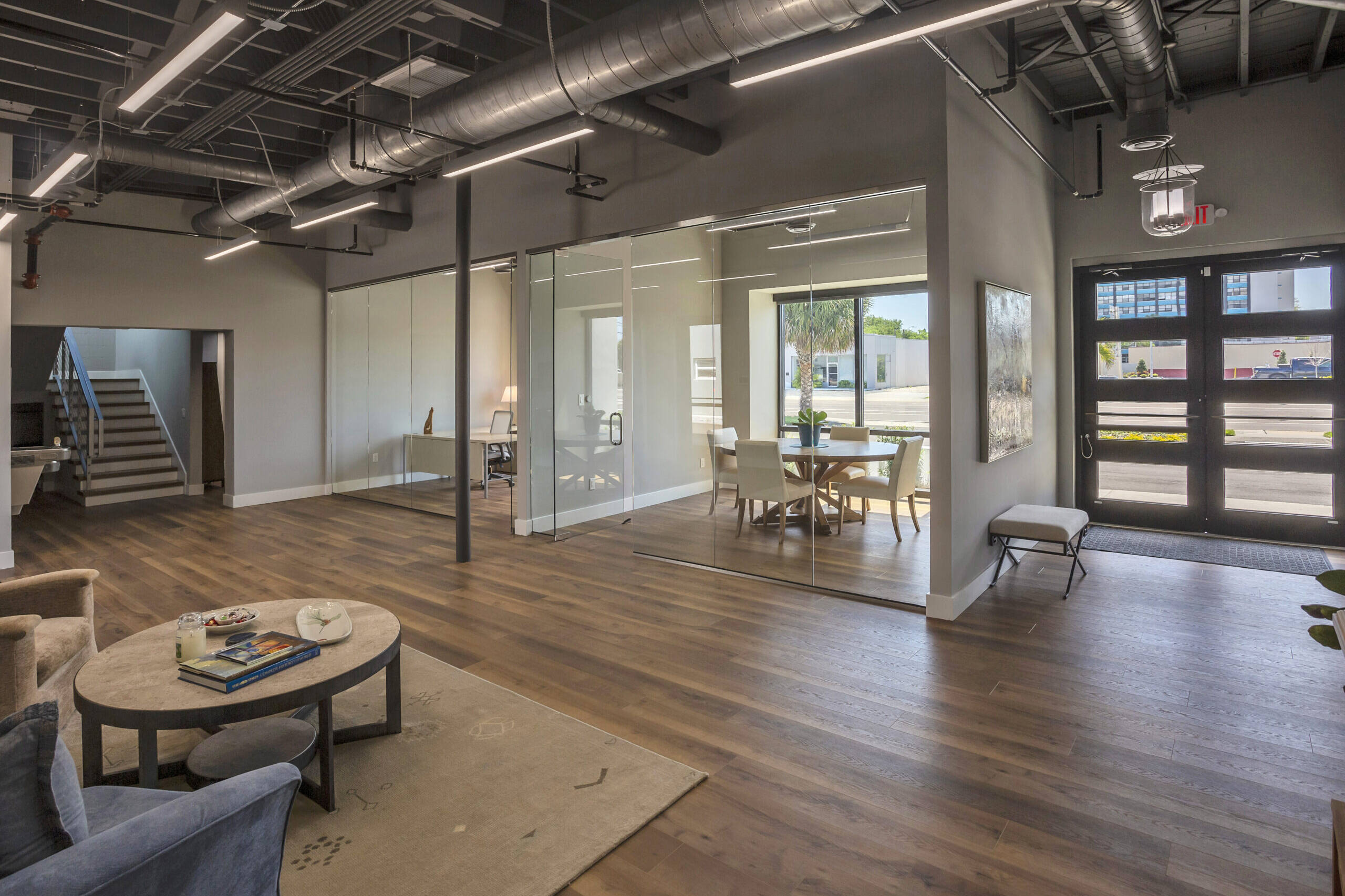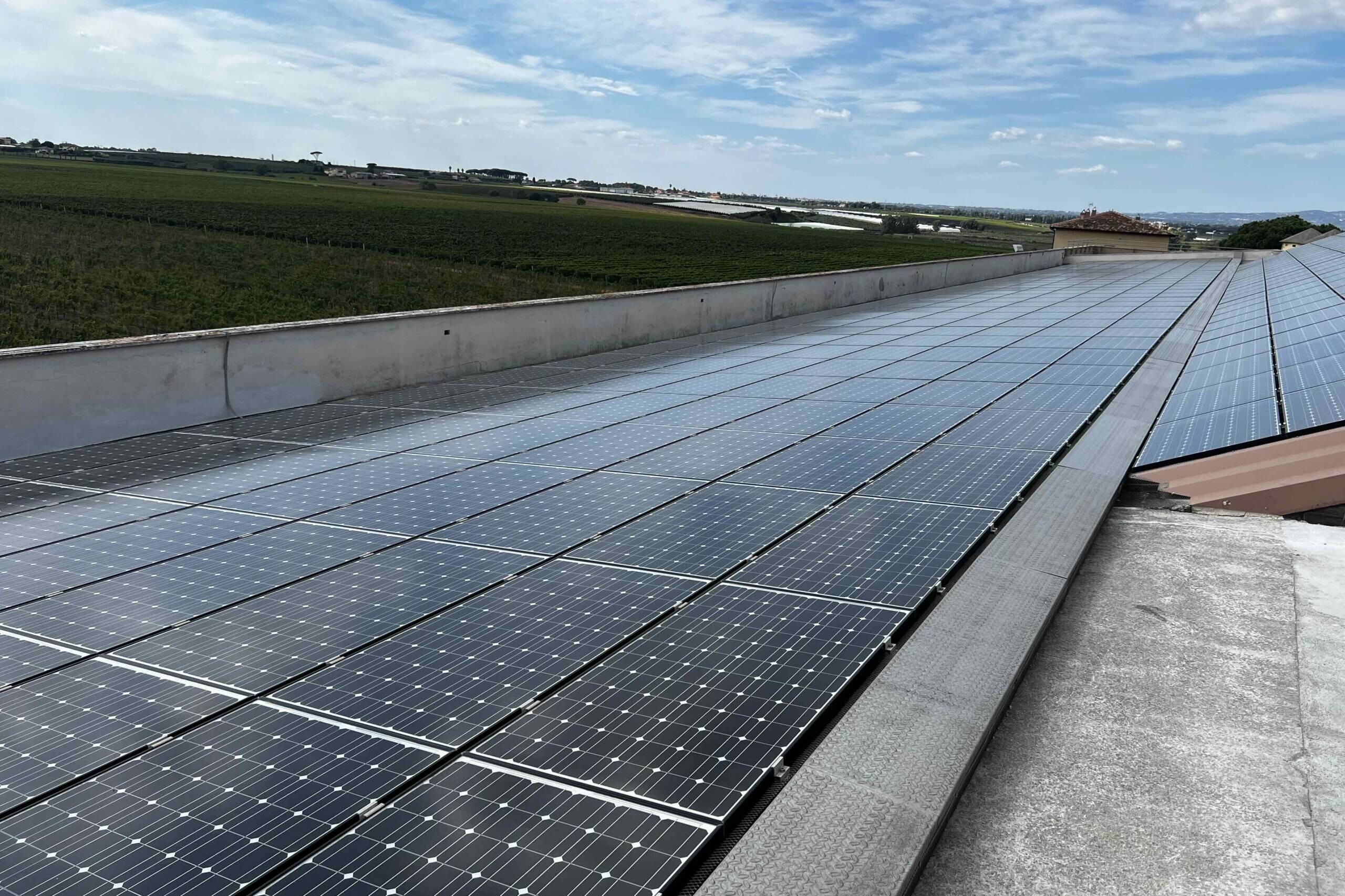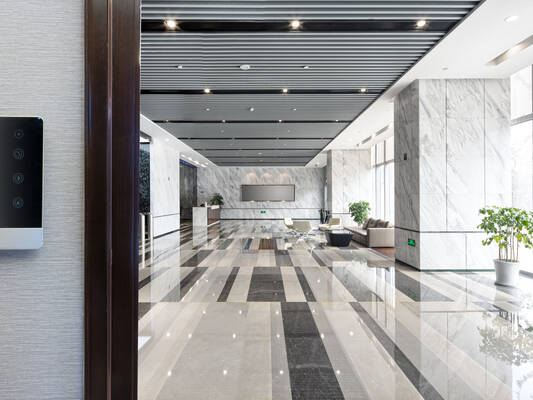Chapter 3 – Best Practices in Sustainable Construction
The growing real estate focus on sustainability requires implementing best practices for efficient resource use, waste reduction, and creating healthier, energy-efficient spaces. This chapter outlines key approaches for property owners and developers undertaking green construction.
Energy Efficiency
Energy efficiency is fundamental to sustainable construction. Strategies include installing high-efficiency HVAC systems and appliances which can reduce energy usage by 30-50%, LED lighting that decreases lighting power demand by over 50% and adequate insulation to minimize heating and cooling loads. Incorporating on-site renewables like solar panels also limits grid dependence. Using energy modeling software during design optimizes efficiency.
Sustainable Building Materials
Choosing environmentally-friendly materials is crucial. This entails using recycled, locally-sourced, and low-energy materials to reduce emissions. Selecting low-VOC materials enhances indoor air quality. For example, recycled steel framing emits over 70% less CO2 than typical steel.
Water Conservation
Implementing rainwater harvesting, greywater systems, water-efficient fixtures, and drought-resistant landscaping can reduce water usage by 40% or more. Smart irrigation controllers further optimize watering needs.
Waste Reduction
Careful planning and ordering of materials precisely avoid over-purchase and minimizes construction waste. Reusing existing structures and recycling helps divert waste from landfills.
Building Design and Passive Techniques
Designing for the local climate enhances comfort while lowering energy demand. Considerations include building orientation, window placement, shading, landscaping for natural lighting, heating, and cooling. The passive solar design also reduces reliance on HVAC systems.
Green Building Certifications
Getting certified via programs like LEED and BREEAM provides third-party validation of sustainability measures. They offer frameworks to improve environmental performance and can increase building value by 7-10%.
Life Cycle Analysis
Analyzing the full life cycle offers a comprehensive view of a building’s environmental impact, including construction, operating, maintenance, and demolition effects. LCA helps identify the most impactful stages to target.
Integrating these best practices creates higher-performing, eco-friendly buildings that benefit the environment while enhancing real estate value. Next, we will explore the role of technology in advancing sustainability.
Together, let’s contribute to a more sustainable future.
Greg Totten
CGC 1529916 · LEED AP BD+C
(727)-386-9480
Share
Related Posts
February 21, 2024
Shaping the Future with Retrofitting Innovations
Chapter 6: Shaping the Future with Retrofitting Innovations
February 11, 2024
Navigating the Challenges of Retrofitting: From Planning to Execution
Chapter 5: Navigating the Challenges of Retrofitting: From Planning to…




